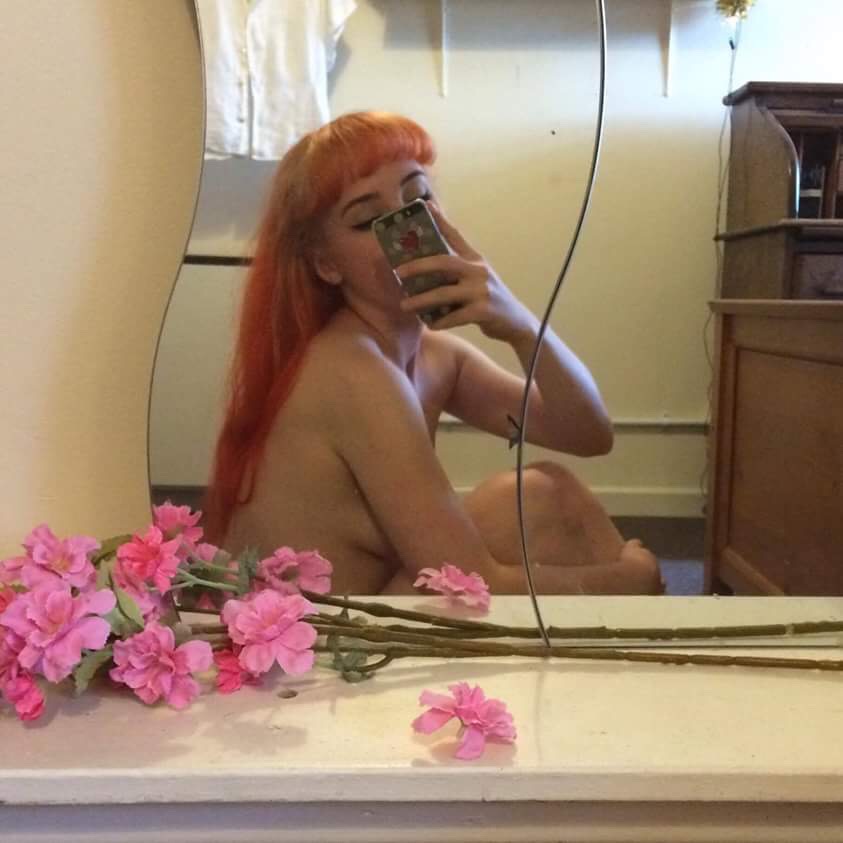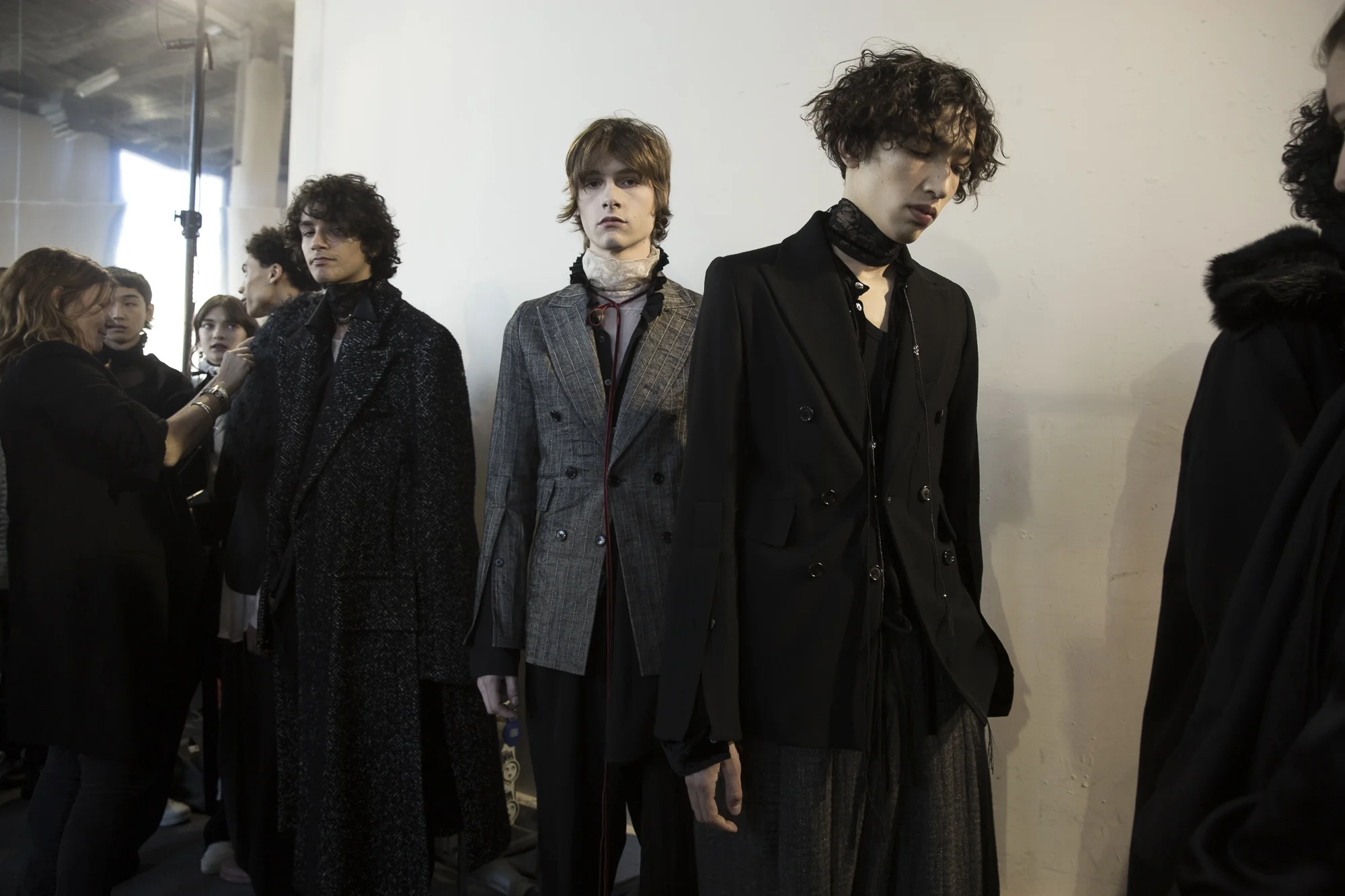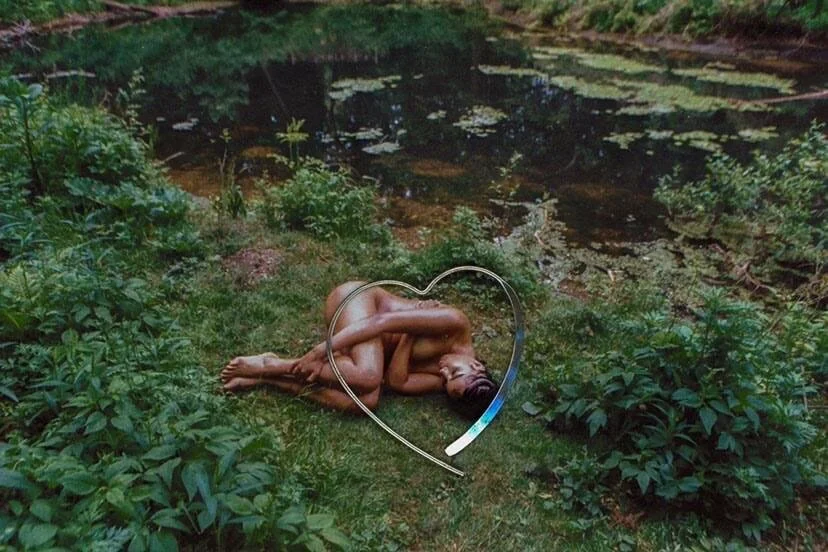Sam Stone
Tell me about Dirty Talk…
The quotes in the Dirty Talk zine, it’s five different quotes, from four different boys said either during or after sex, things like ‘push through the pain’, that’s pretty bad. ‘who even are you?’, ‘I’m not going to hurt you’, ‘I wish I was someone else’. I didn’t lose my virginity until really quite late, and then had a very accelerated start, which had some negative experiences in it.
Why did you decide to pursue a project which is so personal and intimate?
Through Dirty Talk, and doing something which was really personal to think about, or even talk about, is now really, anybody can see it, anybody can buy it, it’s not mine anymore. It’s letting go of those experiences, if I hold on to it what’s the point? Those memories don’t have any hold over me anymore.
Why are there are so few words in the zine?
I wanted it to be like in the same way a song lyric is vague, it’s definitely not about your recent breakup with your recent boyfriend, but when you listen to it you think ‘oh god, it is!’ I wanted people to connect. What’s amazing though is how many girls have clicked with it in a really exciting way, I didn’t realise it would actually mean that much to other girls. It was just my personal experience, I didn’t really think that anybody else would give a shit, but I’ve had a lot of girls who have said ‘oh, I’ve gone through similar things’.
The photos you use are so beautiful but so childlike, why did you decide to do that?
It’s all photographed in my childhood home, and I was thinking about childish expectations of love and romance. As a child my expectations of love and sex were ridiculous, I was planning my wedding since I was six years old. Then, obviously that was not the experience that I had, so there’s kind of this disconnect.
Why did you chose to embroider onto underwear?
I think because it’s so intimate, and the point you would be seeing them is the point those quotes would be said. I also think there’s also something weirdly kind of naive about it, the slightly baggy, white, girls knickers. It’s not a sexually liberated woman, it’s the slightly awkward girl who’s discovering sex for the first time, when you’re wearing those horrible baggy knickers. So I think that’s why so much of the imagery for it is about girlhood and naivety.
A lot of your other work centres around female nudity, why is this important to you?
A lot of my work has centred around female nudes, particularly nude selfies that I’ve taken of myself and then embroidered. Like a lot of girls I didn’t used to like my body a lot. I kind of viewed myself as this pudgy like lumpy, marshmallow creature. It’s weird as a young woman being aware of the young female body as a commodity, owning something that you know can have that power and that sexuality. I find it interesting, thinking about my body as a commercial entity, when for me it’s just a practical thing of eating and sleeping and containing my brain.
So, ultimately, is your work about empowerment?
It’s more the message behind it. I’m a big believer in analysing, instead of brushing stuff under the rug, analysing bad stuff that happens to you and then trying to make something positive out of it. So that’s really what Dirty Talk is about, taking these awkward, quite painful scenarios and then making an artistic project out of it.
Interview Giselle Hyam
Images courtesy of Sam Stone
What to read next







